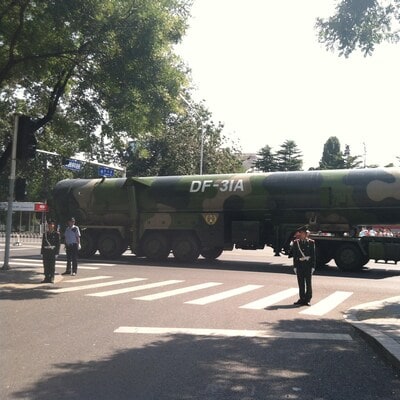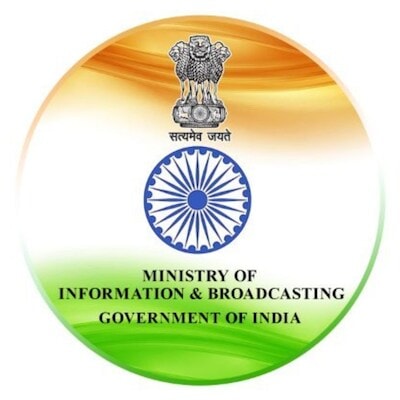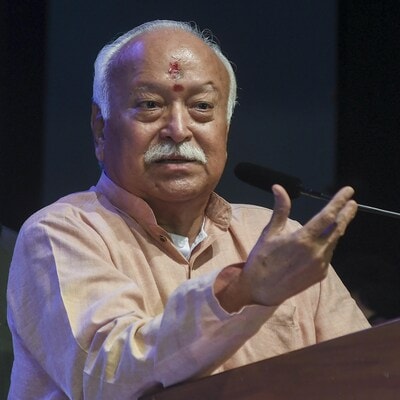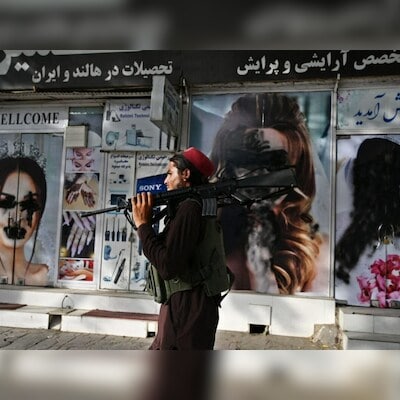)
China’s DF-31A intercontinental ballistic missile in Beijing. Image credit: IceUnshattered (Wikimedia Commons)
China recently conducted a missile intercept test near the Indian border, which state news agency Xinhua reported only on August 29, with experts reportedly interpreting it as a clear message of deterrence for India even as both nations intensify diplomatic efforts to resolve their long-standing territorial dispute along the Line of Actual Control (LAC).
The precise location of the test, which was part of a live-fire exercise featuring surface-to-air missile operations on the Karakoram Plateau, was not disclosed, and its timing remains unclear. However, Chinese state media reported the missile intercept test on the same day that India and China held their 31st meeting on border affairs in Beijing, where they agreed to strengthen dialogue and maintain peace along their border.
What happened during China’s missile intercept test?
During the test, a subsonic cruise missile was successfully intercepted at an altitude of 5,300 metres for the first time, said the Xinhua report, adding that the test demonstrated that the Chinese interceptor missile remained effective even in challenging conditions.
There has been a flurry of recent bilateral political and diplomatic talks between New Delhi and Beijing, including the 30th and 31st meetings of the Working Mechanism for Consultation & Coordination on India-China Border Affairs (WMCC) on July 31 and August 29.
These discussions were followed by a meeting between National Security Advisor Ajit Doval and Chinese Foreign Minister Wang Yi on the sidelines of a BRICS summit in St Petersburg on September 12.
What message is China trying to send?
Lin Minwang, deputy director of Fudan University’s Centre for South Asian Studies in Shanghai, told the South China Morning Post that amid the ongoing tensions with India, the PLA has been testing weapons and equipment in China’s border plateau region since 2020. Lin added that China’s recent missile intercept test aligns with this practice.
According to Lin, the missile intercept test carries a “certain deterrent massage”. Lin’s take was that China’s stance is that to avoid war, it must “first possess the capability to fight”.
Meanwhile, Song Zhongping, a Chinese military commentator, told the South China Morning Post that the recent test could be seen as a “guarantee of strength”, which China thinks will back the diplomatic negotiations to break the deadlock at the LAC.
According to Song, the belief in Beijing could be that “negotiations without such a guarantee of strength” are unlikely to yield results.
How is India likely to view China’s test?
Speaking to the South China Morning Post, Rajeev Ranjan Chaturvedy, an associate professor at Nalanda University’s School of Historical Studies in India, explained that the recent test could raise concerns in New Delhi.
Chaturvedy noted that the test had “significant implications for regional security dynamics” and indicated that China was “actively enhancing its military capabilities”.
Chaturvedy also warned that the timing of the test, coming amid ongoing discussions between the two nations, could prompt India to reassess its defence priorities. He added that the focus on establishing a stronger deterrent force could “trigger an arms race in the region”.
India, for its part, could feel compelled to accelerate the development of its own military capabilities, including hypersonic missiles, long-range air-launched cruise missiles, and nuclear ballistic missile submarines, Chaturvedy suggested.
First Published: Sep 30 2024 | 4:55 PM IST












Leave a Reply